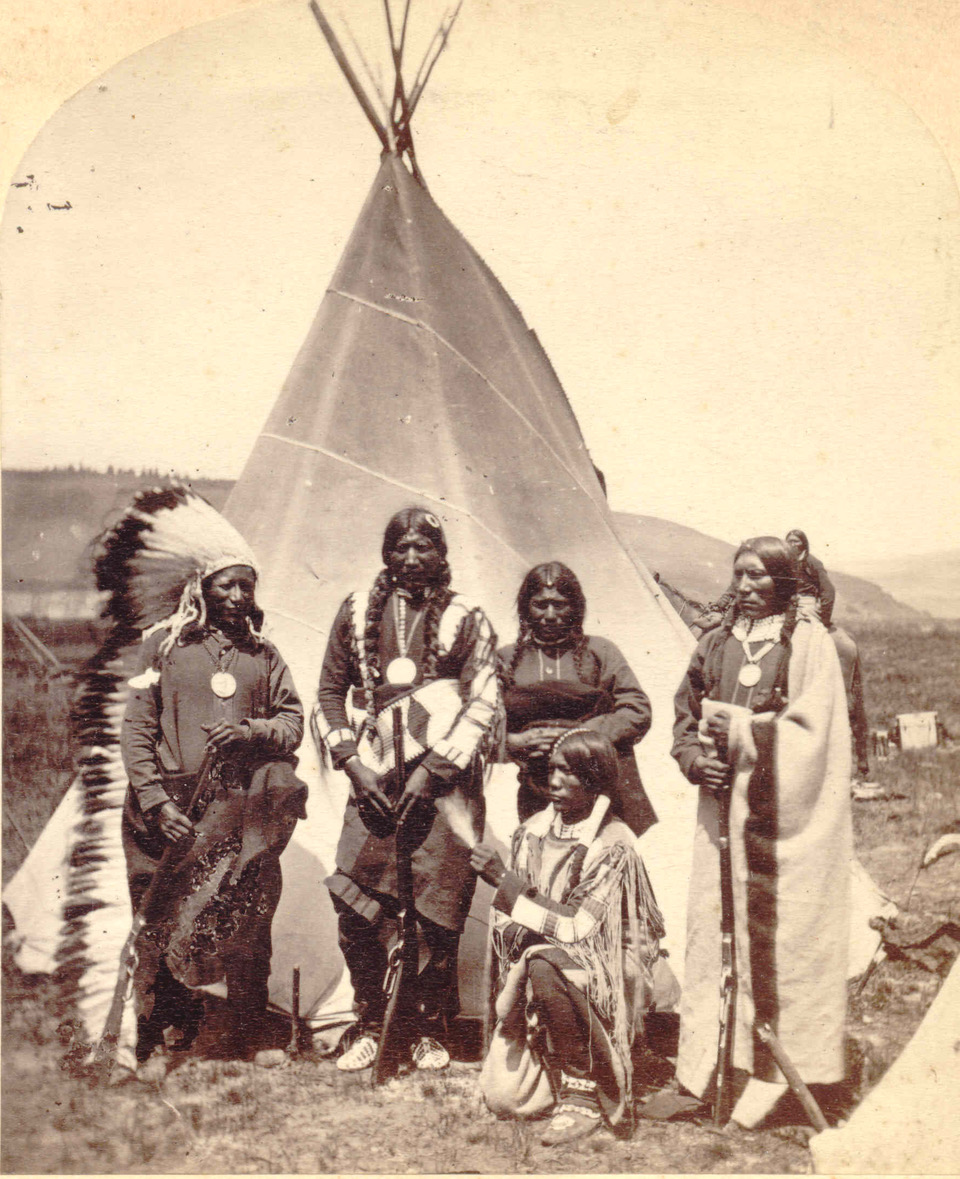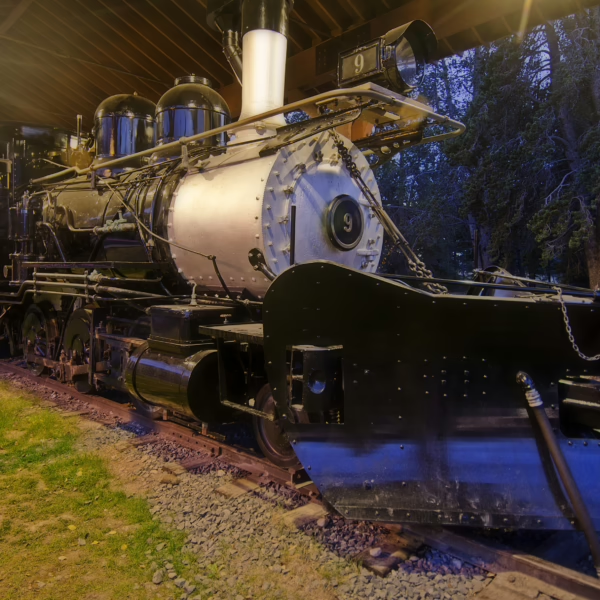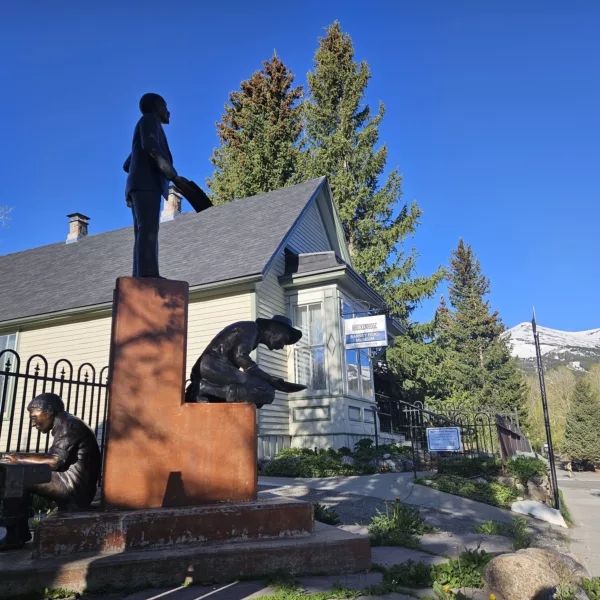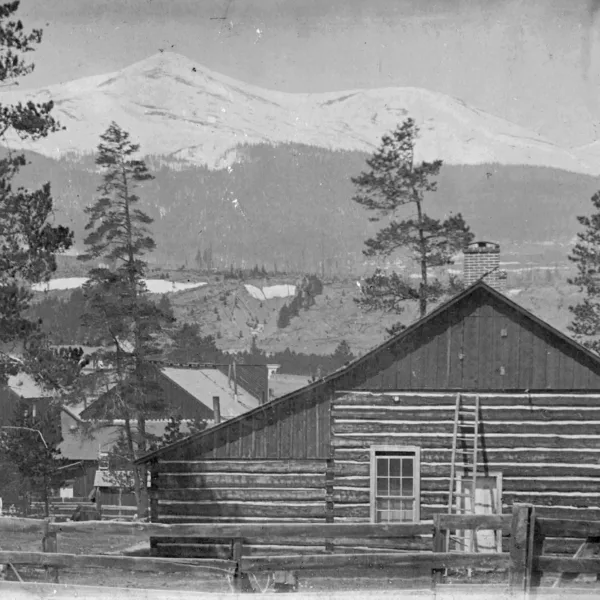Los Utes de la Montaña
April 08, 2022 | Category: Historia de Breckenridge
 Durante miles de años, los nómadas Utes del Norte y sus antepasados viajaron por lo que hoy es Breckenridge en busca de comida. Seguían a los bisontes entre los pastos de verano en el río Blue y los cuarteles de invierno a menor altitud (Lower Blue). Los pasos utilizados por los utes se convirtieron en los primeros caminos para carromatos y en las actuales rutas de autopistas. Los utes quemaban el fondo del valle todos los años para fomentar el crecimiento de los pastos que preferían los bisontes. Esta tradición cambió el paisaje vegetal, fomentando el crecimiento de especies como el pino lodgepole, cuyos conos se abren tras ser expuestos al calor.
Durante miles de años, los nómadas Utes del Norte y sus antepasados viajaron por lo que hoy es Breckenridge en busca de comida. Seguían a los bisontes entre los pastos de verano en el río Blue y los cuarteles de invierno a menor altitud (Lower Blue). Los pasos utilizados por los utes se convirtieron en los primeros caminos para carromatos y en las actuales rutas de autopistas. Los utes quemaban el fondo del valle todos los años para fomentar el crecimiento de los pastos que preferían los bisontes. Esta tradición cambió el paisaje vegetal, fomentando el crecimiento de especies como el pino lodgepole, cuyos conos se abren tras ser expuestos al calor.
Los utes emigraban con las estaciones. Los hombres pasaban los veranos en las tierras altas cazando alces, bisontes, antílopes y ovejas de montaña. Los utes adquirieron caballos a los españoles, lo que les permitió ampliar su zona de caza. Las mujeres recolectaban hierbas, bayas y raíces. En lugar de cargar con toda la comida, las mujeres la almacenaban en alijos a lo largo de las rutas migratorias.
En verano, los utes construían refugios llamados wickiups hechos de maleza y sauce sobre una estructura de madera. La abundancia de alimentos en verano disminuía en otoño, por lo que los ute se trasladaban a zonas más bajas, donde la comida era más abundante durante todo el año. En la zona de Breckenridge no había poblados ute permanentes.
Los ute apreciaban mucho a sus hijos, y tanto hombres como mujeres compartían la responsabilidad de cuidarlos. Los niños pasaban gran parte de su primer año en una cuna llevada por su madre o una hermana.
Hombres y mujeres vestían prendas muy decoradas confeccionadas con pieles curtidas por mujeres, que luego añadían a las pieles ablandadas plumas, abalorios y pinturas en tonos tierra y flecos. Confeccionar y decorar la ropa era sólo una de las funciones que asumían las mujeres a diario.
escrito por Sandra F. Mather, PhD




